Review: BlackBerry Z30 for Verizon Wireless
Dec 5, 2013, 2:00 PM by Eric M. Zeman
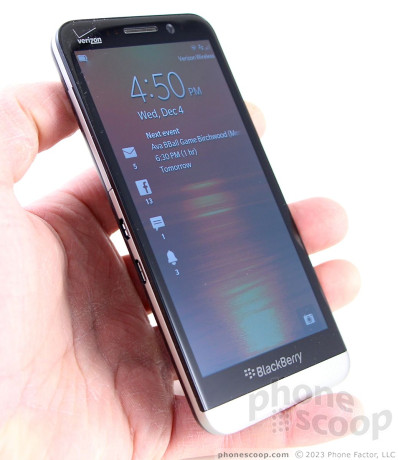
BlackBerry wades into the big-phone fray with the Z30. The Z30 has a huge screen, a fast processor, and plenty of smarts, but it lags competitors in several key areas.
Form
Is It Your Type?
The Z30 breaks new ground for BlackBerry with its large screen and improved design when compared to the Z10. Those seeking a phablet-size BlackBerry that performs well finally have a device of their own.
Body
The BlackBerry Z30 is the company's first entry into the phablet market. It boasts the biggest screen ever on a BlackBerry - 5 inches - and the large footprint that goes with it. Though it carries over many of the smaller Z10's design elements, the Z30 has updated styling and thus somewhat of a better personality than its little brother.
The Z30 is a big phone, though it doesn't rival devices such as the Samsung Galaxy Note 3 or Nokia Lumia 1520. Its size is closer to that of the Galaxy S III or LG Nexus 5. It is tall, wide, thick, and a bit heavy. Where the Z10 was fairly plain, the Z30 could have come from Motorola's Droid RAZR design studio circa 2012. The front is black with a gray strip below the display. There's a metallic band that that circles the entire outer edge that separates the front panel from the back cover. That band has a matte finish that I like. The back cover has a carbon fiber pattern appearance, with a soft touch finish that's comfortable and grippy.
The overall footprint of the phone is significant, but BlackBerry did a good job in making the device usable. For example the front edges are tapered slightly, and the sides are rounded nicely to reduce the size of the Z30's back surface. There are no hard right angles, like those that defined the Z10. Quite honestly, the Z30 is more comfortable to hold and use than the Z10, despite the significant difference in size. This demonstrates just how important the design of a device's edges are. The Z30 will fit into most pockets, though its weight makes its presence known at all times. The soft touch finish was prone to clinging onto the insides of my pockets when I attempted to retrieve the phone.
On the front, there's a slit at the top for the earpiece speaker next to the ever-present blinking BlackBerry indicator light. There are no physical buttons on the front of the phone. The area directly below the actual screen is touch sensitive so you can use the upward swiping gestures of the BlackBerry 10 operating system.
There are no buttons on the left edge. Instead, like most BlackBerries, the Z30 houses a dual-port setup that includes microUSB and microHDMI ports. They are positioned the exact same distance apart as on the Z10 and Q10 so as to be compatible with accessories and docks. The volume toggle is on the right edge of the Z30, with a user-configurable action key in the middle. All three buttons have a low profile, making them difficult to tell apart. Worse, they have terrible travel and feedback. For such vital keys, I was hoping for better. The screen lock button is on the top. It has a better profile and much better travel and feedback. The headphone jack is next to it.
The battery cover is damned near impossible to remove. I couldn't pry it loose with just my fingers and had to resort to using a knife to get the necessary leverage. That's annoying. You'll be disappointed to learn that the battery itself cannot be removed. That means you're stuck with the 2,880mAh power source. This is atypical for BlackBerry, which normally prides itself on offering removable batteries. The SIM card and memory card are tucked side-by-side in the side edge of the Z30, and you have to remove the back cover to access them.
In all, it's a pretty decent piece of hardware with only a few problems worth complaining about.
Performance
Screen
The Z30's Super AMOLED display measures 5 inches across the diagonal and includes 1280 x 720 pixels. Honestly, I am a bit disappointed by it. It comes off as rather dull and the lower HD resolution fares poorly on this larger screen size. Today's leading devices offer 1080p HD resolution. With 720p resolution instead, the Z30 has more than 1 million fewer pixels - and it's noticeable. Text and graphics aren't as sharp as they could be. Brightness is OK when set up all the way, but I found my eyes straining when the screen was set at 50% brightness or less. Viewing angles are good, though, and I didn't have trouble using the Z30 outdoors with the brightness maxed out.
Signal
I had no trouble connecting to and using Verizon's network with the Z30. It always maintained a connection to the network and pushed through calls and packets no matter how weak the signal. The Z30 was on Verizon's LTE network throughout our tests. Call setup times were short and they always connected on the first dial during our review period. Data speeds were excellent when the network was unburdened, but slowed down appreciably in areas with congestion (i.e., New York City.) Even at their slowest, however, the Z30's data radio pushed data through at a good rate.
Sound
I was not all that impressed with the Z30's performance as a voice phone. Calls sounded muffled in the earpiece and volume is weak at best. It was often difficult to hold conversations in everyday spaces such as a coffee shop or mall. An espresso machine completely drowned out the Z30's earpiece. The speakerphone fares better with respect to volume, but not quality. The voices coming through the Z30 just don't sound all that great. On the flip side, those with whom I spoke said I sounded really good. Ringers and alert tones can be set to disturbingly loud volumes, and the vibrate alert will surely get your attention.
Battery
The Z30 consistently gave me more than a full day's use on a single charge. I unplugged the device at 7 AM and it often still had 20% left by the time I went to bed around midnight. There was one day during which I used the Z30 as a mobile hotspot for a while, and that reduced the battery life by several hours. Even so, I was able to get from 7 AM to 9 PM, which should be enough for most people. Charge the Z30 every night and you won't have to worry about bringing a charger with you.
Basics
Menus
The Z30 runs BlackBerry 10.2, which is a minor update to the BlackBerry 10 operating system that debuted at the beginning of the year. Most of the changes are bundled into the messaging tools, and we'll address them below. The basic user interface of BB10.2 is the same as that of BB10. It's worth noting that, aside from adding a few of its own apps, Verizon did not adjust the UI with its own customizations.
Like most modern smartphones, the Z30 has a lock screen that provides messaging notifications, a clock, and a shortcut to the camera, but it cannot be customized. The main "home screen" is used for multitasking. It houses active tiles of the last eight applications opened by the owner; each tile provides a preview of that app and its content. The main app menu is a swipe to the right. Apps are listed in 4 x 5 grids on each page, and can be organized into folders if you wish. There's a small dock that persists across the bottom of the home screen and app menu that provides access to the phone, search, and the camera.
The Z30 makes use of BlackBerry Flow, which is a series of swipe gestures that are used to move through the UI. If you're coming from a Z10, you'll be right at home. If you're upgrading from an old BlackBerry, the gestures take time to learn and master. The most important gesture is called BlackBerry Peek, which is used to see a preview of new messages and calls from within any app on the phone.
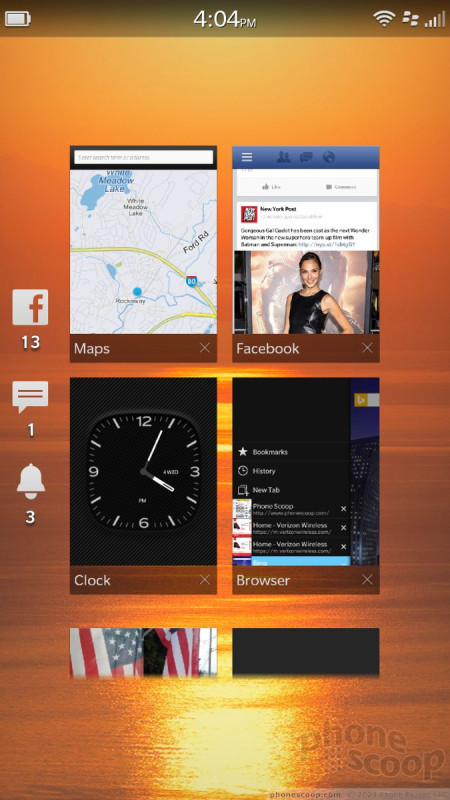
A drop-down shade at the top provides access to controls such as the wireless radios and full settings tools. The Z30 offers some customization options, but not as many as might appear on an Android device or even Windows Phone. The wallpaper can be changed, there are multiple ringer profiles, and of course users can select their own ringtones, and so on. Users cannot customize the multitasking screen, but they can rearrange the app menu.
The full settings menu is a cluttered and confusing place. BlackBerry breaks down nearly every facet of the phone and operating system into its own little set of text-based lists that I don't care for all that much. This section could be cleaned up to improve usability.
In terms of performance, the Z30 is quick and smooth. It has a dual-core Snapdragon S4 Pro processor under the hood with 2GB of RAM, which provides more than enough power to keep the Z30 running at peak performance.
Calls and Contacts
The phone app's default view is that of the call history, with access to voicemail and two other shortcuts at the top of the screen. The phone app has a large software dialpad for punching in numbers, as well as quick access to the contact database. These are both reached thanks to tabs at the bottom of the screen. The Z30's phone includes many of the features you're used to, such as send to Bluetooth, speakerphone, and mute.
The contacts app is visually pleasing and syncs with a wide number of web-based accounts. The contact app can pull in data from Twitter, Facebook, and LinkedIn, in addition to your IMAP (or other) email service. I like that the app offers a peek at your recent communiques with various contacts and makes it easy to call or message them.
Messaging / BlackBerry Hub
BB10.2 makes marked improvements to the behavior of the BlackBerry Hub. The Hub is a universal inbox for absolutely all of your communication needs.
The Hub handles email, SMS, MMS, IM, BBM, LinkedIn, Twitter, and Facebook. It is your one-stop shop for all messaging tasks, be they long-winded or limited to 140 characters. You can view all of your messages jumbled together in one large heap, or separate them into their respective inboxes. All of the messaging inboxes offer threaded views, attachments, and the same basic set of tools for composing and controlling them.
BlackBerry 10.2 adds Priority Hub, which learns over time what conversations are most important to the user. It automatically filters these threads to the top of the inbox so you can get to them faster. You can also earmark which ones you want prioritized. Essentially, the people you email the most are eventually placed at the front of the email conga line.
The Hub itself can be customized in that you can turn some inboxes on or off at will, as well as arrange where they appear in the Hub. You can also get a glimpse of what's in the Hub from any app by using a specific "upside-down L" swiping gesture. It's a neat way to be able to see what's going on in your inbox without necessarily leaving the task at hand. The gesture can be a bit tricky, though.
Social networking is built into the sharing features of the OS as long as you sign into your various accounts during the set-up pages. Of course, separate apps are available for Facebook, Twitter, and so on.
BBM is exceptionally powerful as an IM tool. Not only can it be used to send messages, but it can also be used to conduct video chats, voice calls, and even screen sharing. All three of these tools work well with little fuss.
The Hub, and email in particular, is better at handling attachments in BB10.2. Further, 10.2 lets users see a preview of incoming BBM, SMS, and email messages from within any application, as well as respond to incoming calls with an email, text message, or BBM messages. Those can be handy, though they are tools that have been available on other platforms for years.
I will say that the Z30's larger screen makes a huge difference in the Hub. The Hub has a lot of "chrome" framing the application that takes away from space that could otherwise be used to show you more of your messages. The added screen real estate means you can see more messages on a single screen.
Extras
Media
The Z30 has two apps for media playback, one for music and one for video. Both are bare-bones affairs that cover the basics of media playback and not much more. Content can be added a handful of different ways. It can be side-loaded via memory cards, via the BlackBerry Link desktop app, or downloaded from BlackBerry World. BlackBerry updated BlackBerry Link recently and the new app is much improved when it comes to transferring media. It's slow, but at least it now works reliably.
The BBW store offers a decent selection of movies, TV shows, and music, with prices that are comparable to the Google Play Store, iTunes, and Windows Phone Store. In general, audio sounded good through my favorite headphones and video looked good - but definitely not great - on the Z30's display. I guess I am spoiled by the full HD screens of today's best devices. The Z30's screen can't compare, not even to other 720p screens.
The Z30 also comes with its own YouTube application and Slacker Radio. Both are serviceable for consuming video/audio content.
If you're interested in sharing, the Z30 can push content to other DLNA-certified devices wirelessly. They all need to be running on the same Wi-Fi network, but it works well.
Camera
The camera on the Z30 opens quickly, and is incredibly fast to focus and capture images. Since there is no hardware button, images are captured by tapping on the screen. I found the Z30 to be responsive to this input for picture taking, but it takes a more intentional screen press to stop/start video capture.
The camera's user interface is kept to a minimum. There are buttons that let you switch between the video camera, regular camera, and TimeShot (more on that in a sec). Shooting modes - which control the camera's focus and shutter speed - include normal, stabilized, burst, and now HDR. Scenes, which are used to help with exposure and white balance, include auto, action, whiteboard, night, and beach/snow. You can also toggle the flash between auto, on, or off. It's sort of annoying that you have to jump through a few hoops to switch to the user-facing camera.
There's also the TimeShot feature, which is meant to help capture the best image of peoples' faces. The feature essentially shoots five quick shots and, using the on-screen tools, you can select which of the shots looks best for each of the faces detected in the viewfinder. It's cool if you have little kids or people who blink all the time.
In all, the camera performs well. It's not as advanced as those offered on devices such as the Galaxy S4 or LG G2, but the simplicity works.
Photos
Like the Z10 and Q10, the Z30 has an average 8-megapixel camera. I was impressed with its ability to obtain sharp focus and good white balance, but there was more grain than I'd like to see from an 8-megapixel shooter. It does not perform well at all in low-light situations, and the flash doesn't do much to help to offset the low-light problem. The HDR setting makes a huge difference when there's uneven lighting (see the tree shots below). Turning on HDR makes unusable scenes look good. Most people will be happy to take snapshots with the Z30, but discerning photogs may want to look elsewhere.
Video
The Z30 can shoot video at up to 1080p HD. Most of the video I shot looks good, but it tended to blow out whites and other bright areas, while also leaving out the details in dark spots. Focus was good, though, and colors looked great. Again, it's good for casual use, but not necessarily for capturing life's most important (or creative) moments.
Gallery
The gallery application works well when it comes to managing, editing, and sharing photos. The default view in the gallery app shows the most recent images captured with the camera. They are shown in a grid. You may also choose to sort via albums, thanks to controls that line the bottom of the screen.
The editing features are robust. Images can be cropped and rotated; enhanced to improve brightness, white balance, contrast, sharpness, noise, and red-eye; and styled with effects in the vein of Instagram. Once you're done editing the photos, you can share them easily to social networks, email, BBM, and otherwise upload the files to web sites and so on.
The Z30 comes with the Dropbox cloud storage app installed. You can set that app to automatically upload your photos for safe keeping if you so wish.
Apps
There are only two Verizon-branded applications on the Z30; otherwise, everything is a native BlackBerry-developed app or service. Out of the box, BlackBerry provides about 42 apps on the Z30. The on-device storefront for BlackBerrys is called BlackBerry World. It offers Z30 owners not only apps, but music, movies, and games. The app itself is OK, but not great. The app has tools that allow you to view only Games, Apps, Music, or Video, but drilling down into these sections leaves you with plenty of work to do to find new and interesting stuff. Some of the pre-installed stuff includes a note-taking app called Remember, Docs to Go (an acceptable mobile client for opening/viewing MSFT Office docs), and an app for programming NFC smart-tags.
Browser
The Z30's browser is a standards-based piece of software that does a decent job of rendering both mobile and desktop web sites. It loads pages quickly and cleanly, and offers features I like, such as multiple tabs, a solid bookmarking tool, and even private browsing. When used on Verizon's LTE 4G network, web sites mostly loaded quickly (as long as the cell wasn't jammed with other users.) Safari on iOS devices and Chrome on Android devices are both a bit better, but the BB10 browser is fine.
Bluetooth
The Z30 connected with other devices easily, but didn't perform all that well. Bluetooth seemed to intensify the crummy call quality. I tried both mono headsets and my car's hands-free system, but wasn't pleased with either. The sound was too quiet.
One note: The Z30 supports a new Bluetooth mode called aptX. Using aptX makes improvements to the audio quality of stereo music when used with other aptX gear. I tested the Z30 with an aptX-compatible Bluetooth speaker and a non-aptX Bluetooth speaker. The difference was quite noticeable. Music clearly sounded better to my ears through the aptX gear. Neat.
The Z30 can also be paired with other phones/tablets/PCs to share files.
Clock
The Z30's lock screen clock is a large, white digital clock that appears close to the top of the screen. As with many modern smartphones, the background wallpaper you choose plays a direct role in how visible the clock is at any given moment. Lighter wallpapers make it harder to read, darker ones make it easier to read. This is especially important when outdoors. The lock screen clock cannot be customized.
GPS
The Z30 comes with the BlackBerry Maps application. The app covers the essential turn-by-turn direction features, but lacks some of the extras that make Google Maps or Nokia HERE Maps so good. For example, it can provide accurate routing between Point A and Point B, but there are no 3D flyovers, satellite imagery, or street views.
That said, the Z30 outperformed the Z10 and Q10 by a country mile. Paired with the Z30's GPS radio, BlackBerry Maps was able to pinpoint my exact location in just a few seconds. (On the older BB10 handsets the GPS rarely found me.) When used on Verizon's network, maps loaded in a jiffy and were able to keep up with voice-guided directions.
Wrap-Up
The BlackBerry Z30 is clearly a step up from the Z10. It is more pleasing to look at, and feels better to hold and use even though it's bigger. I wish the larger screen made similar improvements, but it doesn't quite hold up when compared to competing hardware from other manufacturers.
The Z30 handles the smartphone basics well. Battery life is solid, network performance is commendable, it's an able communications device, and it can run tens of thousands of apps. It falls flat in terms of call quality and media playback, however, and the battery isn't removable (a mainstay BlackBerry feature since time eternal.) The camera is average, but it's nice to have a microHDMI port.
I'd easily recommend the Z30 over the Z10, but it's harder to say the Z30 is a better buy than the similarly-priced Apple iPhone 5s, Samsung Galaxy S4, LG G2, or HTC One. All of these competing devices offer better app selection, better screens, better cameras, and better media options. For $200 on contract, the Z30 does all that other smartphones do, but choosing BlackBerry OS over Android, iOS, or Windows Phone is a tough call. If you're a BlackBerry diehard, then perhaps it makes sense. If you're on the fence about BBOS, jump back down into one of the other smartphone camps.
Comments
How disappointing
(continues)
KoalaK said:...
Blackberry is riding on the non-removable battery bandwagon now? The complaints are already piling up against again other manufacturers pulling this ****. I don't see them in business much longer if the demand for remo
(continues)


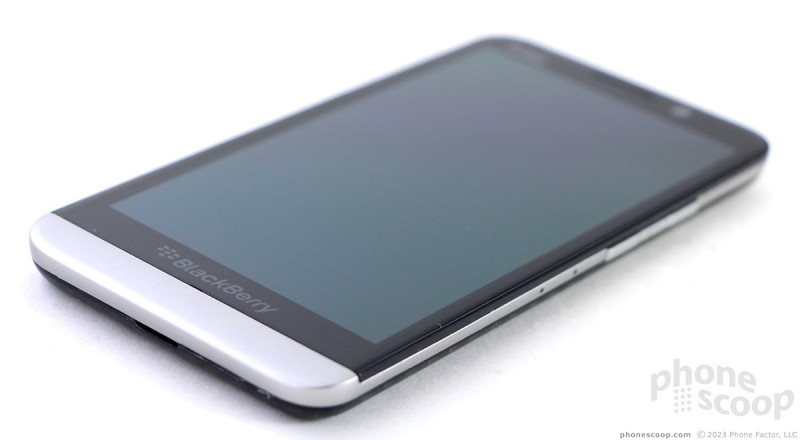












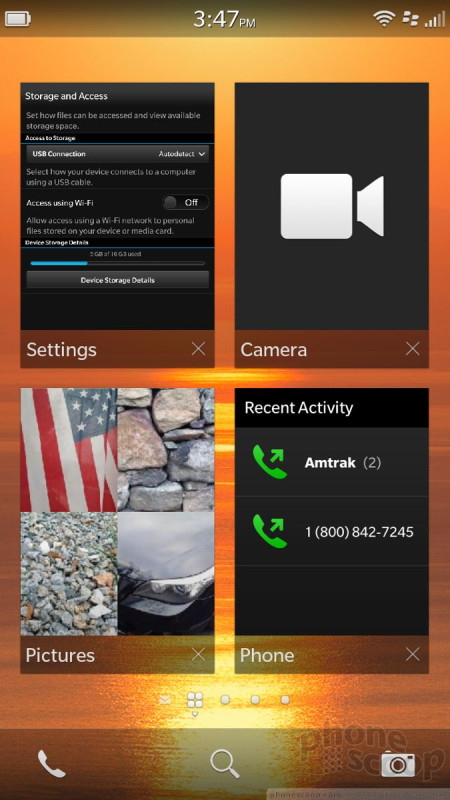








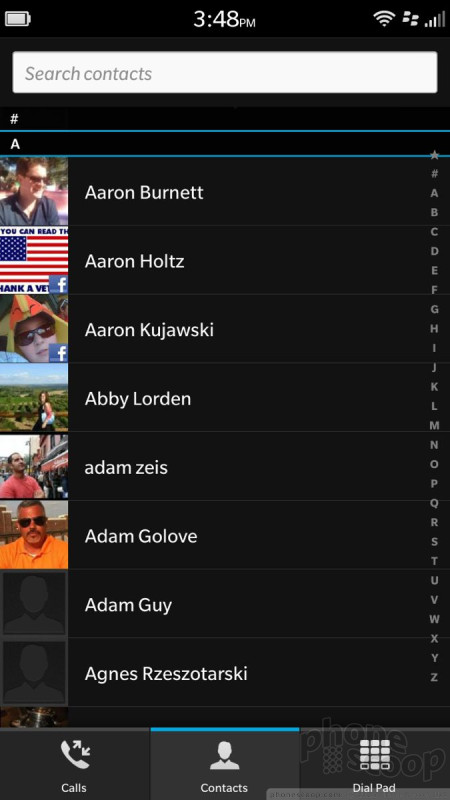




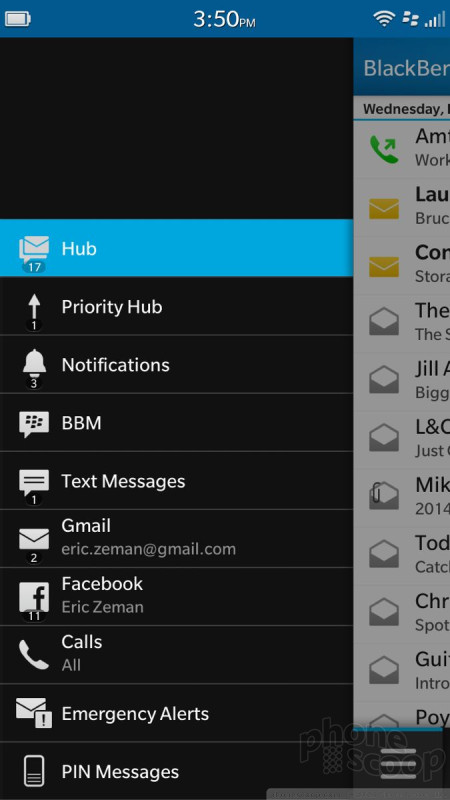








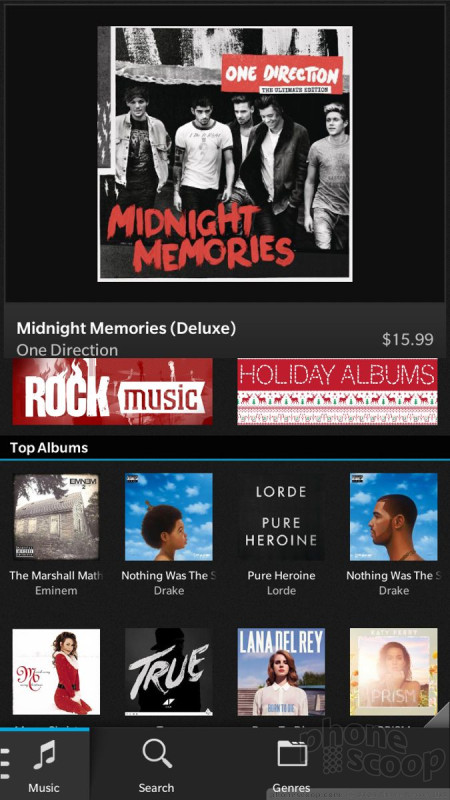



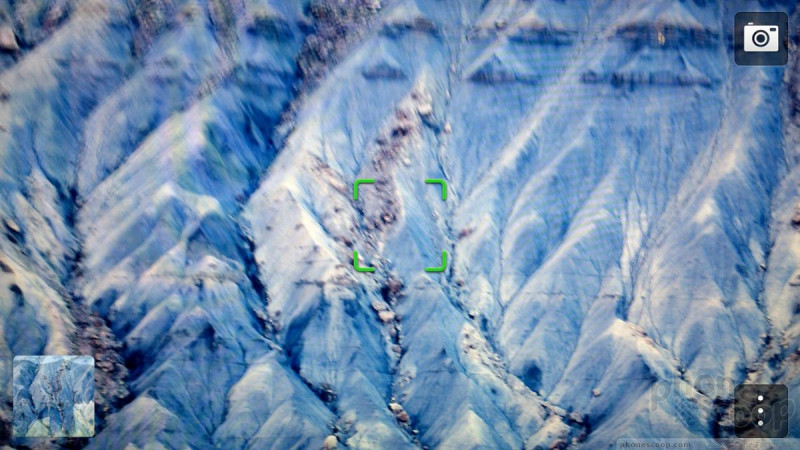

















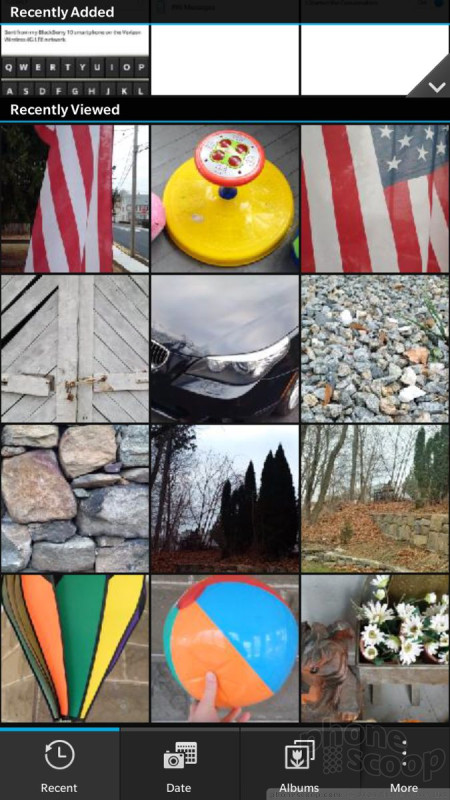




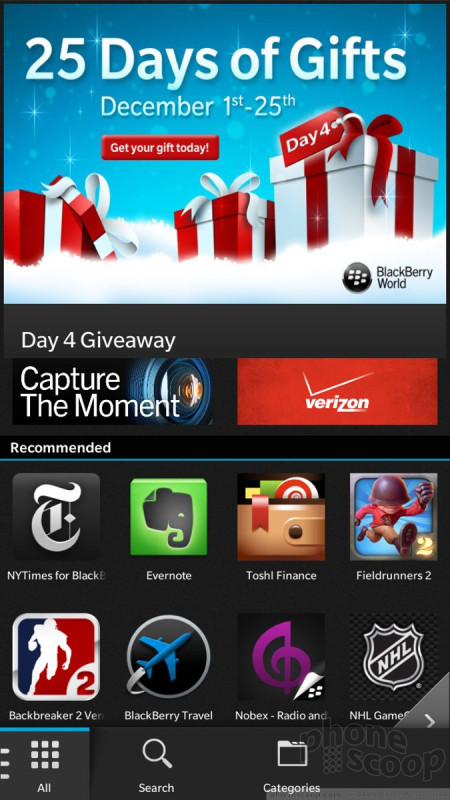




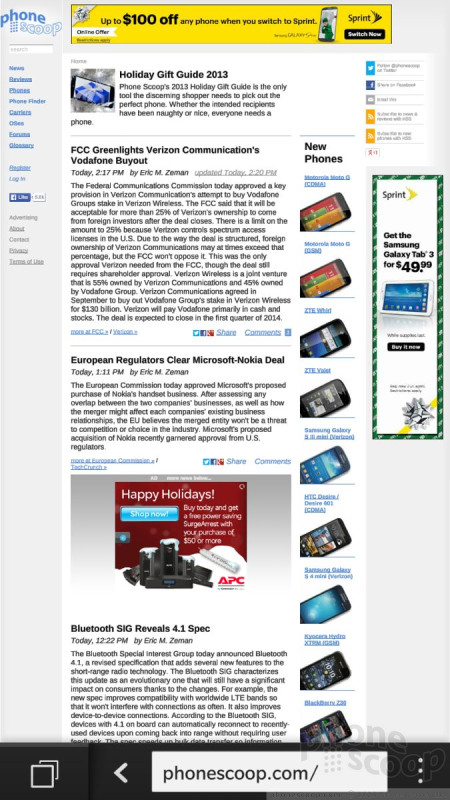



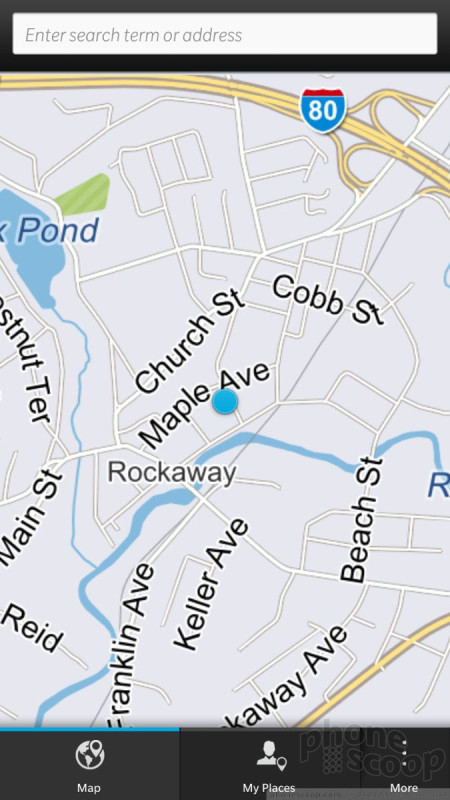




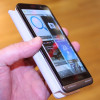 Hands-On: BlackBerry Z30
Hands-On: BlackBerry Z30
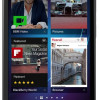 BlackBerry Unveils Z30 Smartphone with 5-Inch Screen
BlackBerry Unveils Z30 Smartphone with 5-Inch Screen
 BlackBerry Z30
BlackBerry Z30











